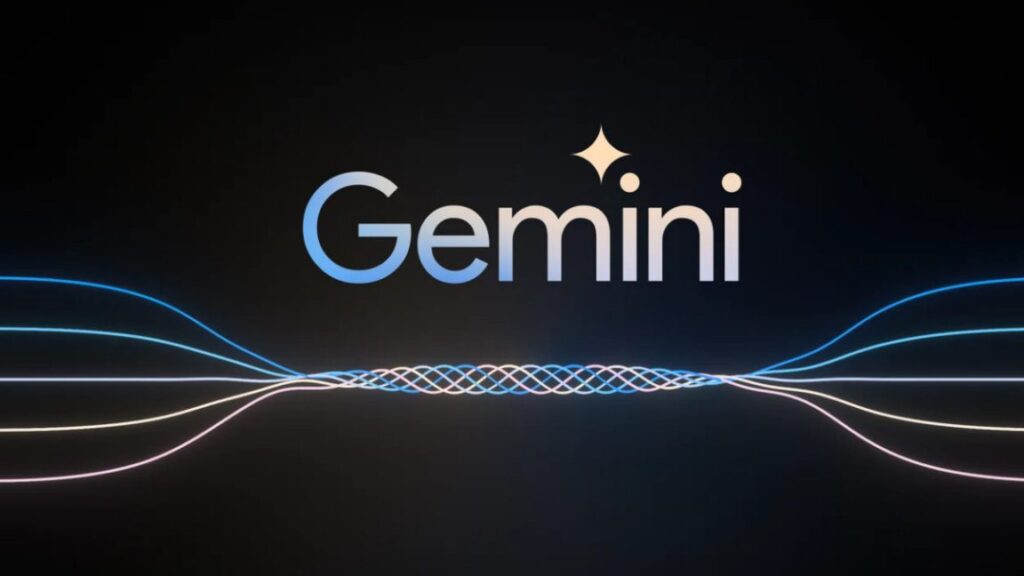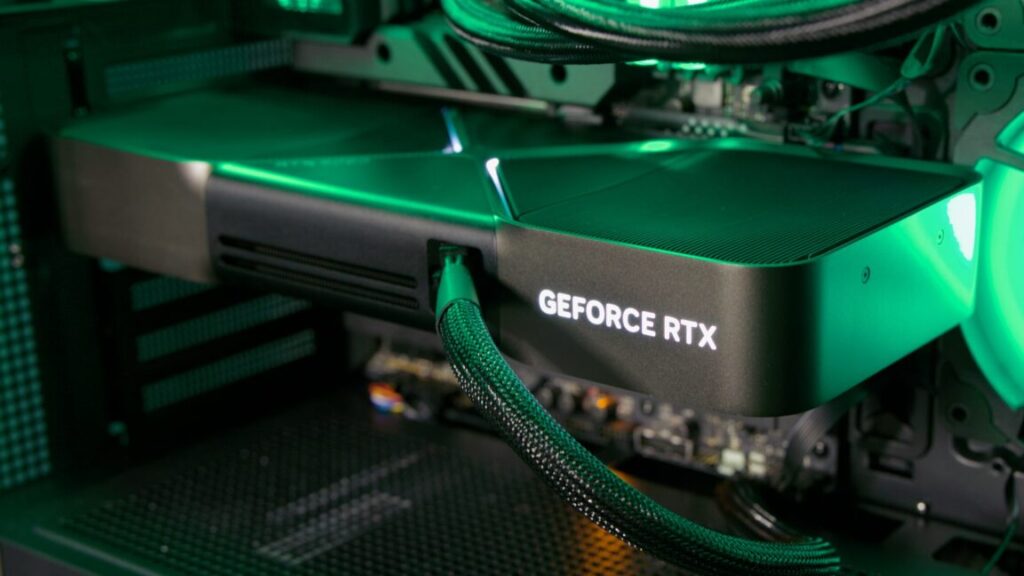Tariffs will “blow a hole” in the US auto industry, says Ford CEO
The US has had to pause some of these new tariffs almost immediately, and the proposed 25 percent tariffs against any Canadian or Mexican imports have been delayed for a month. But yesterday, the president imposed 25 percent tariffs on any imported steel or aluminum. When last in office, Trump also imposed tariffs on steel (25 percent) and aluminum (10 percent), igniting a trade war and cutting US steel imports by far more than domestic steel production was able to rise to meet it.
“Let’s be real honest: long-term, 25 percent tariffs across the Mexican and Canadian border would blow a hole in the US industry that we have never seen,” Farley said, pointing out that the tariffs would “give free rein” to OEMs that import their vehicles from Japan, South Korea, or Europe.
As the CEO of Polestar told Ars last week, the main thing automakers want is clarity. The last they want is chaos, where the rules have changed from one day to the next based on whim. At the conference, Farley had a similar message. “They need to understand there’s a lot of policy uncertainty here, but in the meantime, we’re scrambling to manage the company as professionals,” he said.
Tariffs will “blow a hole” in the US auto industry, says Ford CEO Read More »













